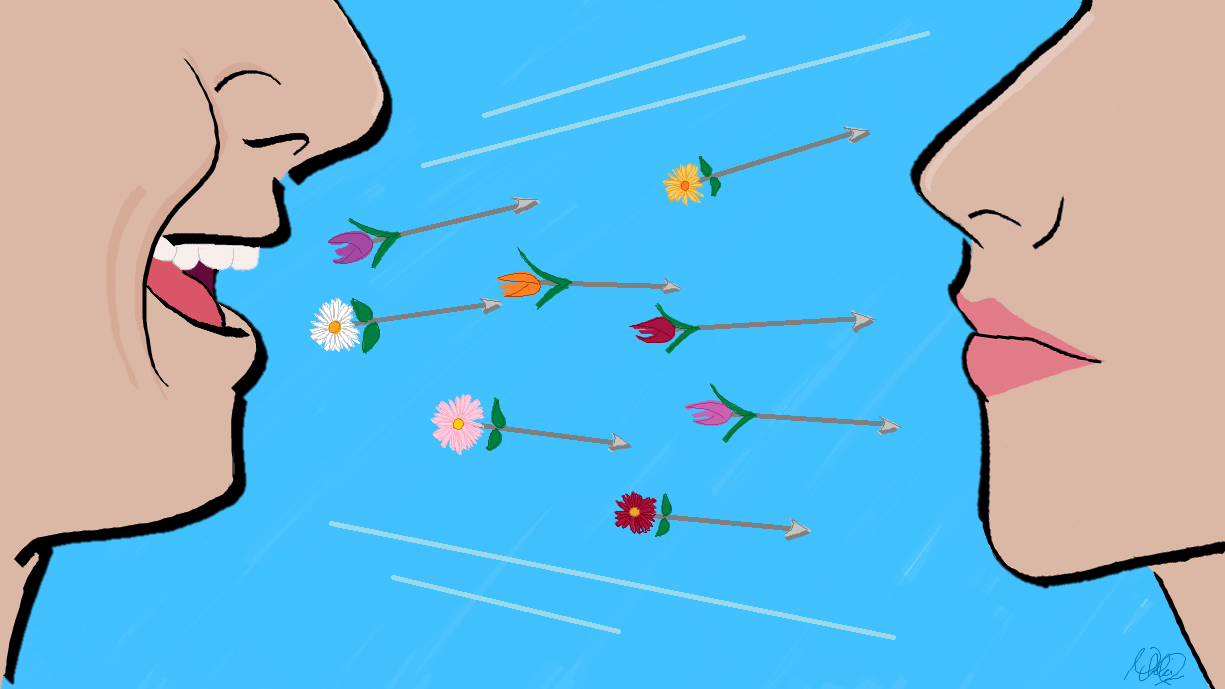Microaggressions are commonplace verbal or behavioral slights that express derogatory attitudes regarding an individual’s race, ethnicity, gender, or sexuality; they may be made consciously or unconsciously.
When unintentional, microaggressions can be considered a manifestation of implicit biases, as their internalized prejudicial thought processes are expressed outwardly in the form of passive comments or actions. However, all microaggressions contribute to cycles of both individual and institutional discrimination for all marginalized groups. They reduce minorities to unwelcome, unwanted aliens.
Because of their subtle nature, microaggressions are difficult to identify. There have been many instances in which a classmate, friend, or complete stranger has made me uncomfortable about my APIDA identity through a minor comment, but I did not realize the racist undertones of their remark until much later. For example, if someone comments on how well an Asian American speaks English, he or she is inadvertently assuming that the Asian American was not born here and generalizing the entire APIDA community as immigrants [1].
In the face of a microaggression, marginalized individuals often do not know how to react or defend themselves because of the elusiveness of the comment or action or their discomfort. This can lead to complicit discrimination if someone observes a microaggression but does not know how to respond.
The pervasiveness of microaggressions combined with the ease of overlooking them signifies that we must actively work against the structural discrimination propelling these mindsets. It is crucial that we are conscious of the consequences of our actions and the impact they have on others, even if it is just a minor utterance or act.
——
[1] = Limbong, Andrew. “Microaggressions Are A Big Deal: How To Talk Them Out And When To Walk Away.” NPR, NPR, http://www.npr.org/2020/06/08/872371063/microaggressions-are-a-big-deal-how-to-talk-them-out-and-when-to-walk-away.

Comments are closed.